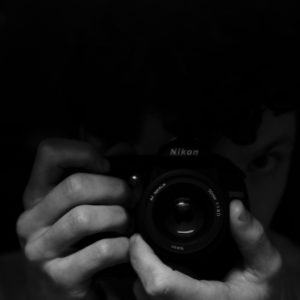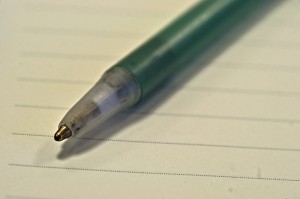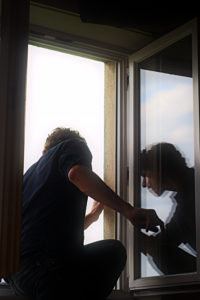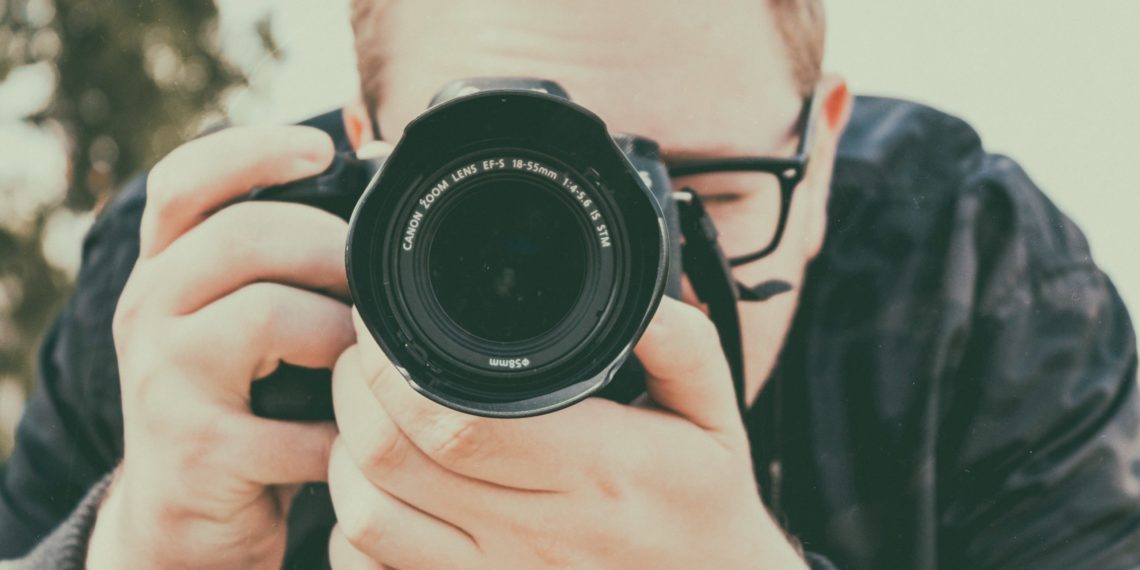You’ve probably already heard about it: Projects 365 simply consists of taking one photo a day for a year, and has many benefits. Let’s see why in this guest article.
And yes, today I’m hosting Quentin Louërat, who suggested that I write this article on the 365 projects. You can find his on his blog : Objectif Photo Libre, and also visit his Flickr page. So I let him speak!
You are passionate about photography and want to progress even further? If you have clicked on “Learn photography” you can hope so.
So if you’re up for a REAL challenge, or rather a marathon, why not try a 365 project?
Uh… Késako?
So to make it very simple, during 365 days (a whole year) you will have to take a good picture and publish it the same day to share your work.
But why try this project?
That’s a very good question, thank you for asking it.
We could start by saying that waking up each day with a photo to take is simply a good way to get a better look at the world around us. But it’s also an excellent way to work on your photographic skills, your critical sense, your creativity and above all it will sooner or later force you to get out of controlled situations and therefore to experiment. Basically you will develop all your qualities as a photographer.
Prerequisites for the project
The good news is that the only thing you will fundamentally need is inspiration and willpower.

As far as equipment is concerned, any recent device can do the job, as long as you have it on you. For web-usable formats, 1MP will be more than enough, an SLR and its equipment will certainly take up a lot of space, but you’ll have more room to work. To be able to arrange time, half an hour a day is enough for the selection and development of the photo of the day. Over time this selection and processing will be faster and faster.
See? Yet another reason to try this project.
Base your guideline
We said it before, if you try this project it’s to progress! So set yourself a guideline.
Wow, but then I’m going to take the same pictures over and over again, so I couldn’t innovate. No ?
Stop! When it comes to guidelines, it’s a daily routine, every day, try to capture every single moment on the fly, never postpone a photo that can be taken immediately. For the development I recommend you to do it as soon as possible, then to make an output in full format, and to compress (under another name) the photo in order to send it on the web.
Personally, I always bring my SLR with my favorite lens mounted on it.
Be discreet, fast and efficient, save batteries and memory cards if you travel.
Also try to post the same daythat will give you an extra challenge, but will also motivate your readers.
Think about explore different worlds. In addition to a guideline, it is a good idea to establish different themes, or a common thread. Whether you want to make a recurring theme for a year with a single photo of the week, or to create themes each month or week.
The important thing is to do not go off in all directions at the same time.
In my case, I try to set myself one theme per week (emotions and feelings, everyday objects, an object for a person, etc…) but the last day of the week is on an annual theme: openings.
It’s up to you to find your own rhythm to do the recurrences, put pressure on yourselfBut not too important and you will boost your creativity, cross limits: the shy ones get into portraits and street scenes! Naturalists try their hand at experimental photography. The field to visit is endless (or almost).
Make memos

It is important, so you don’t get lost or repeat yourself, to write down the idea of each photo, what you want to convey, and if you shoot in RAW keep your development instructions somewhere. Do the same for your recurring themes. To avoid losing everything because of false manipulation, store your photos. (raw, full size and compressed web development) on different supports.
Think about accommodation
This step depends on your skills and a little bit on your budget. Indeed, depending on your knowledge, you can more or less easily set up a photo-blog for project 365.
I recommend WordPress and its YAPB plugin (another photo-blog)or Pixelpost. Both are free, open and easily installed on a site.
(Note from Laurent : I use WordPress myself for the blog, and I highly recommend it to you! 😉 )
The advantage of the first one is its modularity and large community ready to help you, as well as the not insignificant fact of being ready to use. On the other hand, Pixelpost will require a minimum knowledge of HTML and CSS (learned in a few hours), will be less modular, but perfectly suited for photo-blogging unlike WordPress which is more designed for traditional blogs.
If you wish to own a domain name (like http://www.mon-super-photoblog.com/) and storage space (1 to 5 GB is recommended) get ready for pay between 30 and 60€ per year. Among the free alternatives: to be hosted by a third party, WordPress offers solutions by extending your domain name to “http://www.mon-super-photoblog.wordpress.com/” But beware, the domain name remains paying (but not very expensive overall).
And finally for those who don’t want to spend a penny, use a FlickR account by creating an album for Project 365.
As a practical solution I bought my domain names and rented 5 GB of storage (40€/year), and use in parallel an album FlickR.
Then go for it.

You may have read it and thought: “Well, I’ll have to try.”. (In this case I have accomplished my mission.) So start tomorrow, otherwise you will always postpone your project for X or Y reasons.
What are you waiting for, go ahead and share your links and impressions!
(Note from Laurent: I know that some have already taken up this challenge. Feel free to use the comments to post links to your projects 365or even your plans 52, and to discuss the difficulties you’ve met, some solutions that you have found to stay creative on a daily basis, etc. 😉 )





Discussion about this post